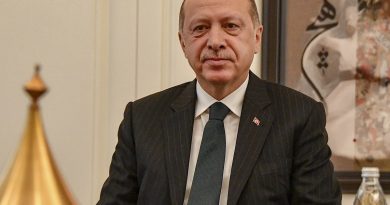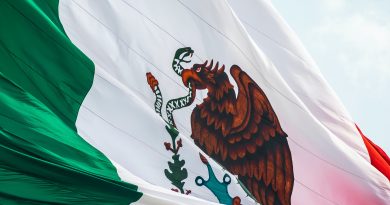President Trump Pushes for Stronger Ties with Japan
By Alyssa Futa
Staff Writer
On November 5,President Trump kicked off his Asia tour in Japan. The President began this historic 12-day trip by meeting with Prime Minister Shinzo Abe, who has just been re-elected in a snap election that took place last month.
The goals that President Trump hopes to achieve in Japan include “[presenting] a united front with Japan against North Korea through meetings with Prime Minister Shinzo Abe…,” reports Reuters. They discussed whether or not North Korea will be put on a list of state sponsors of terrorism, abductions of Japanese nationals by North Korea, and the numerous missile tests and drills over Japan and South Korea.
In addition to this, Trump and Abe discussed trade, an area that Trump believes the United States needs to improve on. Abe hopes to keep the area from the Pacific to Indian Oceans free and open by law. While free trade agreements remain a possibility, Tokyo does not entirely agree with Trump’s free trade policy. Another potential and likely topic of interest will include Abe’s plan to slowly remove pacifist constrains on the Japanese constitution, which were put in place at the end of World War II.
These topics and more came amongst activities coordinated by the Japanese and US governments. In an effort to strengthen the relationship between the two world leaders, Abe and Trump played golf with Hideki Matsuyama, world no. 3 golfer, an event that Abe now refers to as “golf diplomacy”. First Lady Melania Trump spent time with Akie Abe, Prime Minister Abe’s wife, at a Japanese cultured pearls shop in Tokyo’s Ginza district, according to BBC.
The strengthened relationship between the two world leaders will likely contribute to the united front with Japan and South Korea that Trump hoped to establish before he visits Beijing. In China, Trump will present his case and strategies to dealing with North Korea to Chinese President Xi Jinping.
Japan and the US’s propositions to re-balance Asia-Pacific policy and the Trans-Pacific Partnership agreement affects China by keeping the country in check, a concern that is likely to be brought up during Trump’s visit. Chinese expert, Professor Lian Degui of Shanghai International Studies University, says that the US will “miss crucial development opportunities offered by this era,” if these policies go through, reports The Times of India.
After visiting Japan, Trump will go on to visit South Korea, China, Vietnam, and the Philippines. President Trump’s visit has also been extended for a day in order to give him the opportunity to stay for the East Asia Summit that will include the US, India, and Russia. The President’s visit is one of the longest since President HW Bush’s visit to the region in late 1991 and early 1992.
On the trip to South Korea, Trump will not be visiting the demilitarized zone separating North and South Korea, which has not been done since the Regan Administration. In Vietnam, President Trump will be participating in the Asia-Pacific Economic Co-operation (APEC) Summit in Da Nang.
The historic trip sees the president and his administration move to strengthen ties in Asia.


